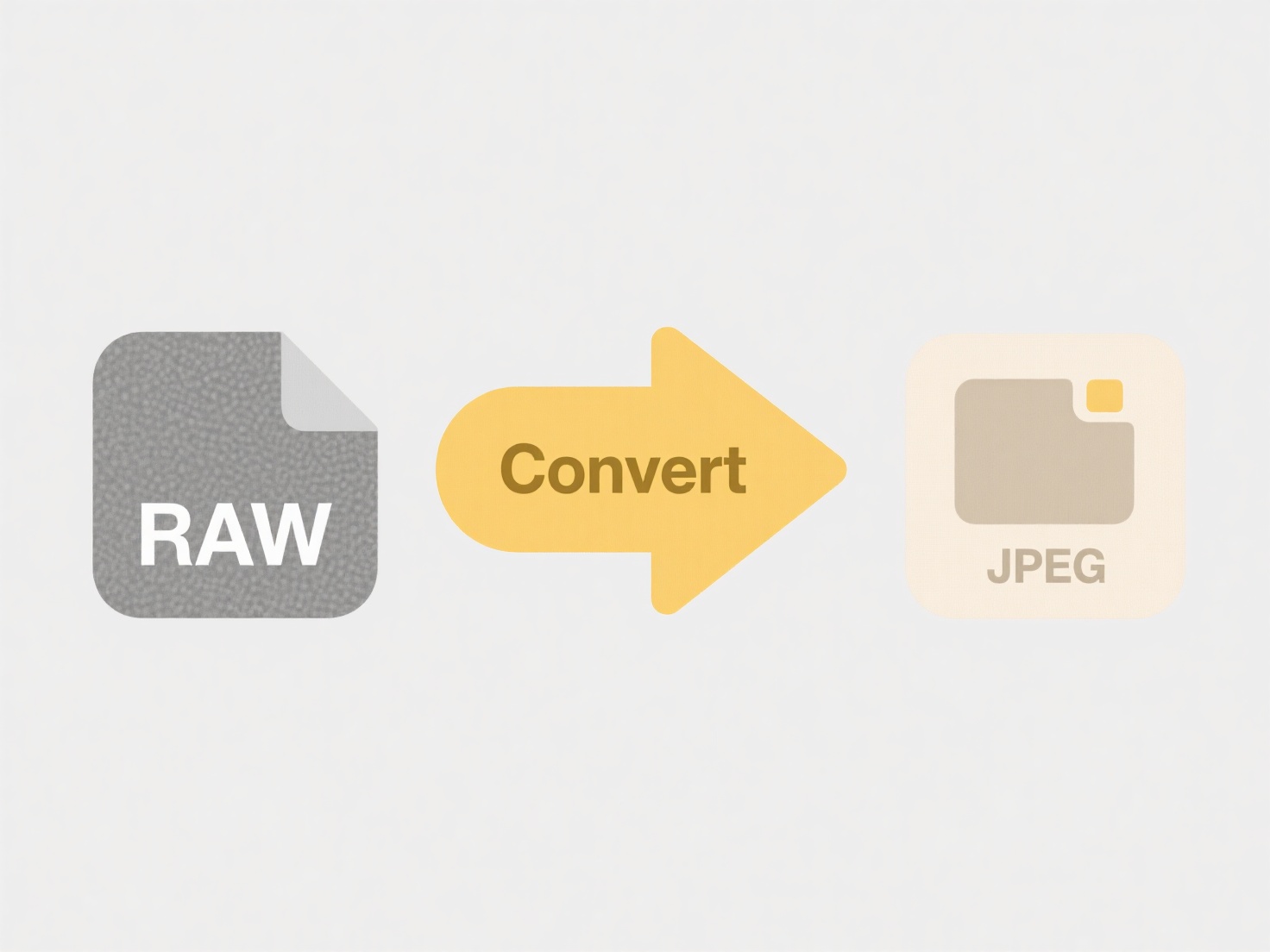
Dynamically generating file names for exported reports involves automatically creating unique filenames using variables like dates, timestamps, report parameters, or identifiers. Instead of manually naming each file or using a fixed name, this method incorporates relevant data at the time of export. For instance, it might include the current date to distinguish report versions, use a specific customer ID for segmentation, or add a sequential number to avoid overwriting files. This contrasts sharply with static naming, where filenames don't change and can cause confusion or overwrites.
This technique is widely used across industries. Financial analysts might export daily sales summaries as SalesReport_20240412.csv using the export date. IT systems administrators often generate log analysis reports named Server123_Errors_20240412_1430.csv, incorporating the server name, report type, date, and precise time. Content management systems and business intelligence tools like Tableau or Power BI frequently offer built-in options to configure dynamic file naming during scheduled report exports.

Dynamic naming significantly improves organization and automation, reducing human error and streamlining workflows. However, it requires careful definition of naming rules to prevent excessively long filenames, ensure compatibility across operating systems, and avoid unintended overwrites if timestamps lack sufficient granularity. While primarily beneficial, consistently predictable filenames could potentially aid unauthorized tracking in sensitive contexts; hence, the logic should exclude private data. It enables efficient large-scale reporting operations by making files easily identifiable and sortable.
How can I generate file names dynamically when exporting reports?
Dynamically generating file names for exported reports involves automatically creating unique filenames using variables like dates, timestamps, report parameters, or identifiers. Instead of manually naming each file or using a fixed name, this method incorporates relevant data at the time of export. For instance, it might include the current date to distinguish report versions, use a specific customer ID for segmentation, or add a sequential number to avoid overwriting files. This contrasts sharply with static naming, where filenames don't change and can cause confusion or overwrites.
This technique is widely used across industries. Financial analysts might export daily sales summaries as SalesReport_20240412.csv using the export date. IT systems administrators often generate log analysis reports named Server123_Errors_20240412_1430.csv, incorporating the server name, report type, date, and precise time. Content management systems and business intelligence tools like Tableau or Power BI frequently offer built-in options to configure dynamic file naming during scheduled report exports.

Dynamic naming significantly improves organization and automation, reducing human error and streamlining workflows. However, it requires careful definition of naming rules to prevent excessively long filenames, ensure compatibility across operating systems, and avoid unintended overwrites if timestamps lack sufficient granularity. While primarily beneficial, consistently predictable filenames could potentially aid unauthorized tracking in sensitive contexts; hence, the logic should exclude private data. It enables efficient large-scale reporting operations by making files easily identifiable and sortable.
Quick Article Links
How do I rename lab data or experiment results?
Renaming lab data or experiment results refers to systematically changing identifiers assigned to raw data files, derive...
How do I export high-resolution images?
Exporting a high-resolution image involves saving a digital photograph or graphic in a way that preserves significant de...
How do I export reports from a database?
Exporting reports from a database involves extracting formatted query results or summarized data into a separate file ou...